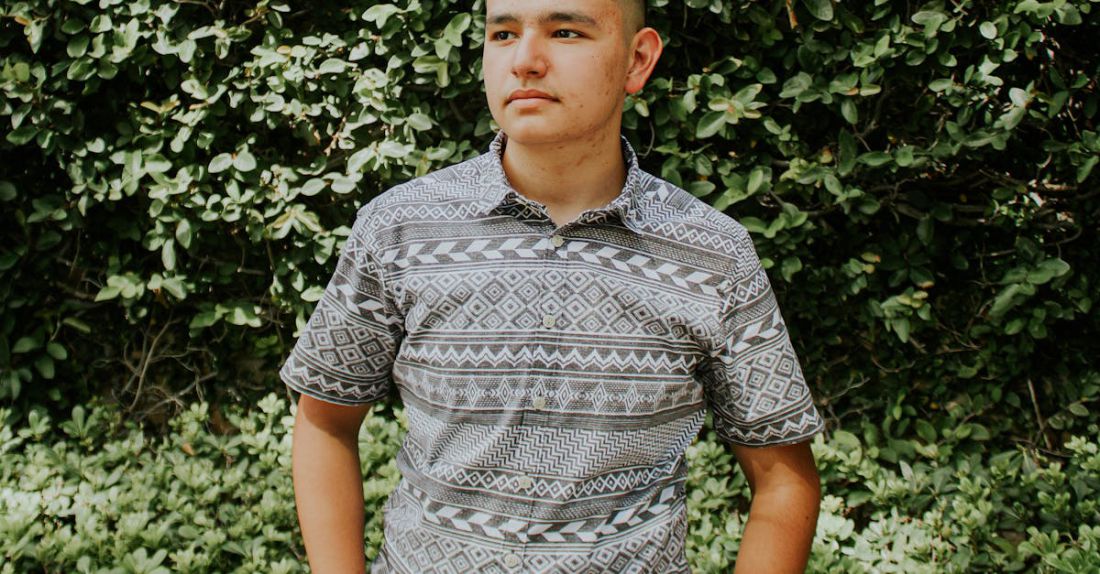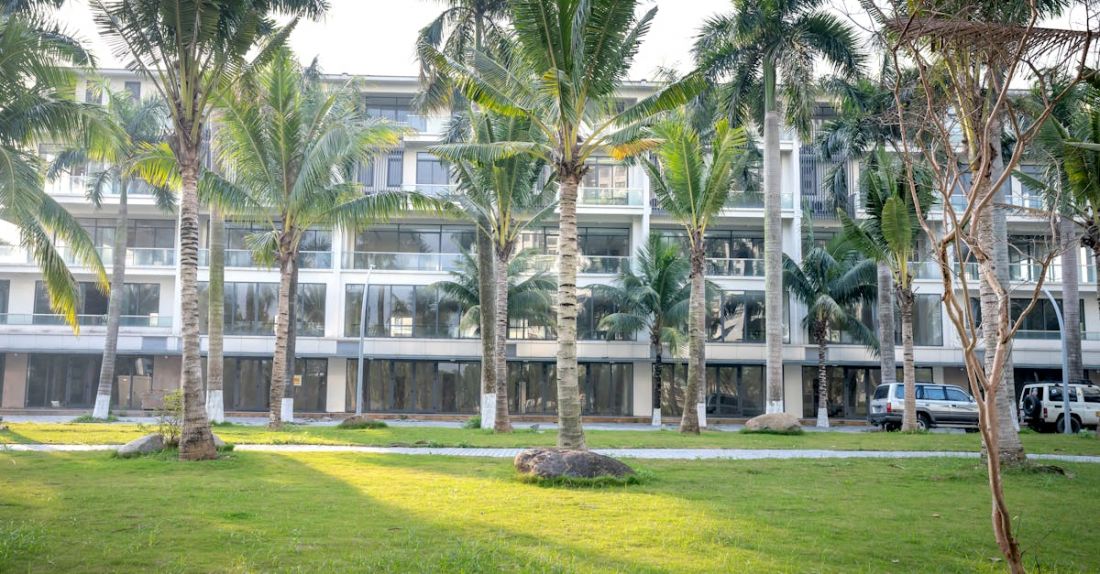
Pocket parks, also known as mini parks or vest-pocket parks, are small areas of green space that can be found scattered throughout urban environments. These tiny oases provide a variety of benefits to city dwellers and the surrounding community. In this article, we will explore how pocket parks can significantly enhance urban environments and improve the quality of life for residents.
Enhancing Aesthetics and Greenery
One of the most apparent ways in which pocket parks can improve urban environments is by enhancing the aesthetics of the area. These small green spaces provide a welcome break from the concrete jungle that characterizes many cities. The presence of trees, flowers, and grass in pocket parks adds a touch of natural beauty to the urban landscape, making the surroundings more visually appealing and inviting. By creating pockets of greenery amidst the urban sprawl, pocket parks help soften the harsh lines of buildings and pavement, creating a more harmonious and pleasant environment for residents and visitors alike.
Promoting Physical and Mental Well-Being
Beyond their visual appeal, pocket parks also play a crucial role in promoting physical and mental well-being among urban residents. These green spaces provide a respite from the hustle and bustle of city life, offering a peaceful retreat where people can relax, unwind, and connect with nature. Studies have shown that spending time in green spaces can have a positive impact on mental health, reducing stress, anxiety, and depression. Additionally, pocket parks provide opportunities for physical activity, such as walking, jogging, or yoga, helping residents stay active and healthy despite living in a densely populated urban area.
Fostering Community Engagement and Social Interaction
Pocket parks serve as gathering places where residents can come together, socialize, and build a sense of community. These small green spaces often host community events, such as outdoor concerts, farmers’ markets, or yoga classes, bringing people from diverse backgrounds together to enjoy shared experiences. By providing a common ground for interaction, pocket parks help foster a sense of belonging and connectedness among urban residents, creating a stronger and more cohesive community.
Improving Air Quality and Mitigating Urban Heat Islands
In addition to their social and psychological benefits, pocket parks also play a crucial role in improving the environmental quality of urban areas. These small green spaces help absorb carbon dioxide and other pollutants from the air, improving air quality and reducing the impact of pollution on residents’ health. Moreover, pocket parks help mitigate the urban heat island effect, which occurs when cities experience higher temperatures due to the concentration of buildings and pavement that absorb and retain heat. By providing shade, evapotranspiration, and cooling effects, pocket parks help lower temperatures and create more comfortable microclimates within urban environments.
Encouraging Biodiversity and Supporting Wildlife
Despite their small size, pocket parks can support a surprising amount of biodiversity and provide habitats for various plant and animal species. These green spaces offer refuge for pollinators such as bees and butterflies, as well as nesting sites for birds and other wildlife. By planting native vegetation and creating diverse habitats, pocket parks help support local ecosystems and contribute to the conservation of urban biodiversity. Furthermore, the presence of green spaces in cities can help educate residents about the importance of nature and wildlife conservation, fostering a greater appreciation for the natural world.
In conclusion, pocket parks have the potential to significantly enhance urban environments and improve the quality of life for residents in numerous ways. From enhancing aesthetics and promoting well-being to fostering community engagement and supporting biodiversity, these small green spaces play a vital role in creating healthier, more sustainable, and more livable cities. By recognizing the value of pocket parks and investing in their creation and maintenance, city planners and policymakers can contribute to building more vibrant, resilient, and inclusive urban environments for all.





